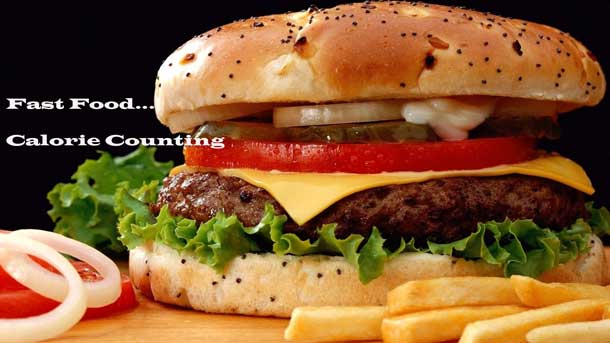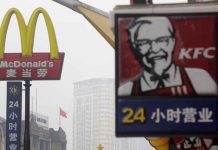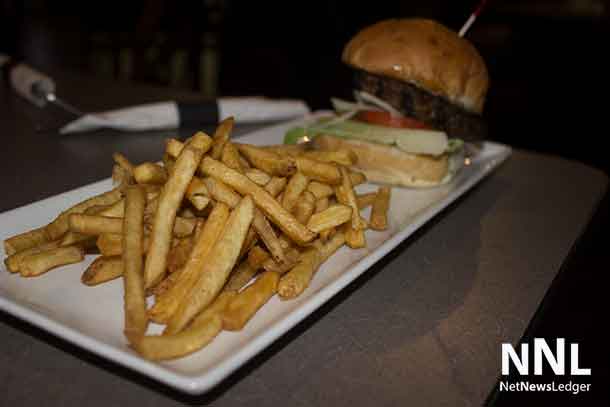
THUNDER BAY – Health – Making healthy choices is important. Fast food, fried food and snacks are a popular treat for lots of North Americans. Based on the lineups at popular fast food restaurants, the high fat, high sodium concerns are waved away by many people.
One concern in the fast food industry is having a bad rap for the high calorie content of those favourite snacks. Calorie counters are missing the target when it comes to knowing what the total calories are in their favourite snacks.
One problem is that many people eating at fast food restaurants largely underestimate the calorie content of meals, especially large ones, according to a paper published today on bmj.com.
Calorie Counters Guessing LOW!
From 2006 to 2010 many American states and cities passed laws requiring chain restaurants to print calorie content on menus. The US Patient Protection and Affordable Care Act of 2010 included a provision that will require all restaurant chains with more than 20 US sites to print calorie content on menus.
Previous research has shown that adults and children underestimate calorie content often by large amounts. However, these studies did not monitor consumer choices at restaurants or focused on a narrow range of fast food restaurants or individuals.
Researchers therefore carried out a large cross sectional study of repeated visits to fast food restaurant chains in 89 restaurants across the New England region of America: McDonald’s, Burger King, Wendy’s, KFC, Subway and Dunkin’ Donuts. At the time of data collection, none of the chains routinely printed calorie content on menus.
Researchers enrolled a diverse group of adults (>18 years old), adolescents (aged 11-20) and school age children (3-15 years old). They collected receipts from participants to calculate the calorie content of their meals, and they administered a short questionnaire which included a question asking participants to estimate the calorie content of their meal. Parents provided answers for the school age children. The final sample size was 1877 adults, 1178 adolescents and 330 school age children.
Among adult participants, 65% were either overweight or obese, as were 34% of adolescents and 57% of school age children. Less than one quarter of participants reported noticing calorie information in the restaurants, and less than 5% reported using it to help them choose their meal.
The mean calorie content of meals was 836 for adults, 756 for adolescents and 733 for children. On average, adults, adolescents, and parents of school-age children underestimated calorie content by 175 calories, 259 calories and 175 calories, respectively. Two thirds of all participants underestimated the calorie content of their meals with approximately one quarter underestimating the calorie content by at least 500 calories. Participants consuming high calorie meals underestimated by a greater amount than small calorie meals. Underestimation was greater among Subway diners than at any other chain. Adults and adolescents eating at Subway underestimated by 20% and 25% more than those at McDonald’s.
The researchers conclude that adults, adolescents and parents of school age children generally underestimate the calorie content of meals, especially large meals and when eating at Subway restaurants. They say that the “forthcoming calorie menu labelling requirements of the US Patient Protection and Affordable Care Act might help to correct underestimation of calorie content”.
The researchers suggest that in addition to providing calories on menus, policymakers could perhaps improve menu labelling by supporting social marketing campaigns to better explain the concept of calories.
How many calories?
A Big Mac® 550 Calories
A Big Mac® Meal with Large Fries 1050 Calories (Source: McDonalds Restaurants)
A Burger King® Whopper with Cheese 510 Calories
Burger King TENDERCRISP® Chicken Sandwich w/o Mayo 590 Calories (Source: Burger King)












